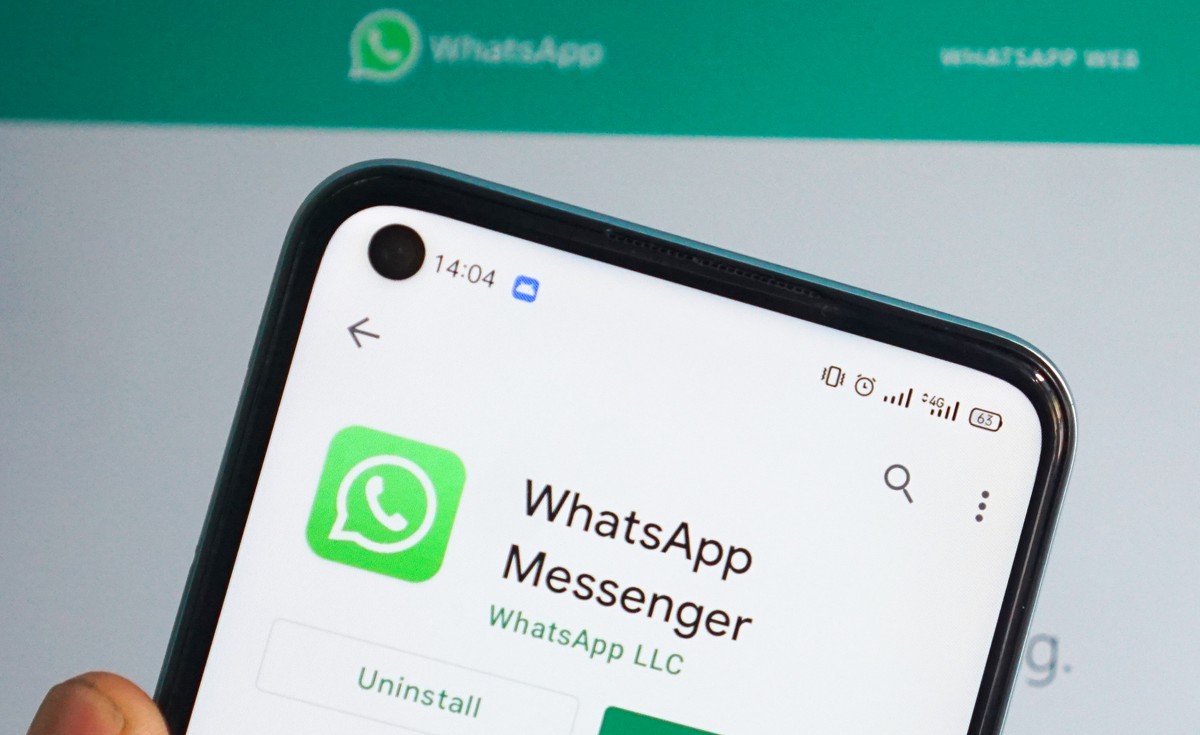
3 Facts About WhatsApp You (Probably) Didn’t Know
I started using WhatsApp as recently as 2018. I remember researching whether to use WhatsApp or Viber, and WhatsApp came out on top. In just six years, the most popular messaging platform has evolved significantly. While I wouldn’t call myself a WhatsApp expert, I’ve gained plenty of knowledge and experience with the app in that short time. I shared some of that knowledge in my previous post titled “3 Unreliable Features of WhatsApp.” I even updated it with a fourth point recently, so if you haven’t read it yet, check it out. In today’s post, I want to share more of my insights about WhatsApp. I’ll discuss three lesser-known aspects of three features that are popular among WhatsApp users. Keep reading to discover if you’ve missed anything over the years. I sincerely trust you will also find these facts useful for your life at home and work. [Image Credit: Mouby Studio]
Two Grey Ticks Don’t Always Mean “Unread”
It’s commonly understood that two grey ticks beneath a sent message indicate the message was delivered but not read, while two blue ticks signify that the message was both delivered and read. However, did you know that two grey ticks don’t always mean the message was not read? Here’s why: both Android and iOS devices are typically configured to display notifications on the lock screen, which also affects new message notifications. On most Android devices, if the message is shorter than 79–80 characters, the complete message is displayed on the notification banner. This allows the recipient to read the entire message without opening it. In my tests, devices like the Samsung A51 and above, as well as the Apple iPhone Pro Max 15, allow the recipient to read the full message by expanding the notification without opening it.
WhatsApp is designed to mark a message as “Read” only when it’s been opened. Viewing a message from the notification banner doesn’t count as an “open.” Therefore, two grey ticks underneath a sent message don’t always mean the message you sent wasn’t read. To ensure the recipient opens the message, it’s best to make sure your text message exceeds 100 characters in length. Older devices may not be able to expand the notification banner to view the full message, requiring the recipient to open the message in WhatsApp, and triggering a read receipt. In this context, two grey ticks also don’t necessarily mean the recipient has disabled read receipts in their privacy settings. However, if the recipient has disabled “Read Receipts,” even forcing them to open a message won’t trigger a read receipt, which brings me to the next point.
Disabling Read Receipts Affects Both Parties
I already mentioned this before in a post about WhatsApp I wrote before but it’s worth emphasizing again. Some of us like to disable read receipts for incoming messages so that we can read them at our own pace and leisure without the sender knowing when we’ve read them. Unfortunately, disabling read receipts for others also disables them for you. When others send you a message, they won’t know whether you’ve read it. Likewise, when you send messages to others, you won’t know whether they’ve read them or not. (Looks like Mark Zuckerberg is following the words of a Jewish Carpenter who said “Do unto others as you would have them do unto you”) It might seem inconvenient, but it’s the reality. So, while you’re free to turn off read receipts, don’t be surprised if you can’t see whether others have seen your messages.
Broadcast Contacts Must Have Your Number
Unlike recipients in WhatsApp groups, recipients in a WhatsApp broadcast can’t see each other or responses from others, which is great for privacy. It’s also an easy way to communicate with multiple recipients simultaneously without adding them to a group. I once used this feature to send invitations to several guests for a special occasion at my workplace. However, I soon realized that all contacts in the broadcast list needed to have saved my number in their address book, or they wouldn’t receive the broadcast! Since most of these contacts didn’t know me personally, the chances of my number being saved in their devices were slim to none. Ultimately, I had to message the majority of them individually. It was a bit disappointing, but Meta has designed WhatsApp broadcasts this way to prevent spammers from abusing the service.
Wrap Up
While two grey ticks don’t necessarily mean that the message wasn’t read, it does indicate that technology can be tricky and as end users we should be mindful. This issue of read receipts is relevant not only to WhatsApp but also to other messaging platforms such as Telegram, Signal, and Viber, among others not specified in this post. This is because notification settings and designs differ across devices and operating systems. Disabling read receipts affects both parties, and contacts in a broadcast list must have their number saved in their contacts for the broadcast to work. These designs indicate that we must test a function when using it for the first time and read the documentation for clarity, as I emphasized in my previous post. Therefore, it’s crucial to pay careful attention to the documentation, especially when using such apps in a business environment, to avoid embarrassing mistakes.
If you found this content helpful, I kindly ask you to leave your feedback in the comments section below. Sharing it on social media would also be greatly appreciated. In order to promote meaningful and respectful dialogue, I request that you use your full name when commenting. Please note that any comments containing profanity, name-calling, or a disrespectful tone will be deleted. Thank you for your understanding and participation.




